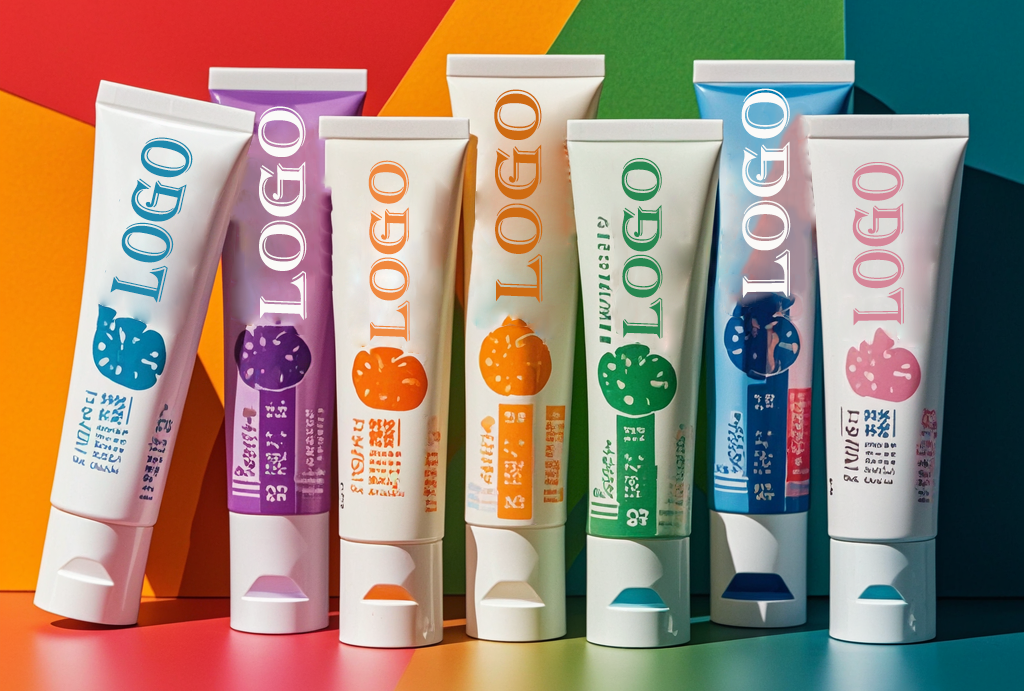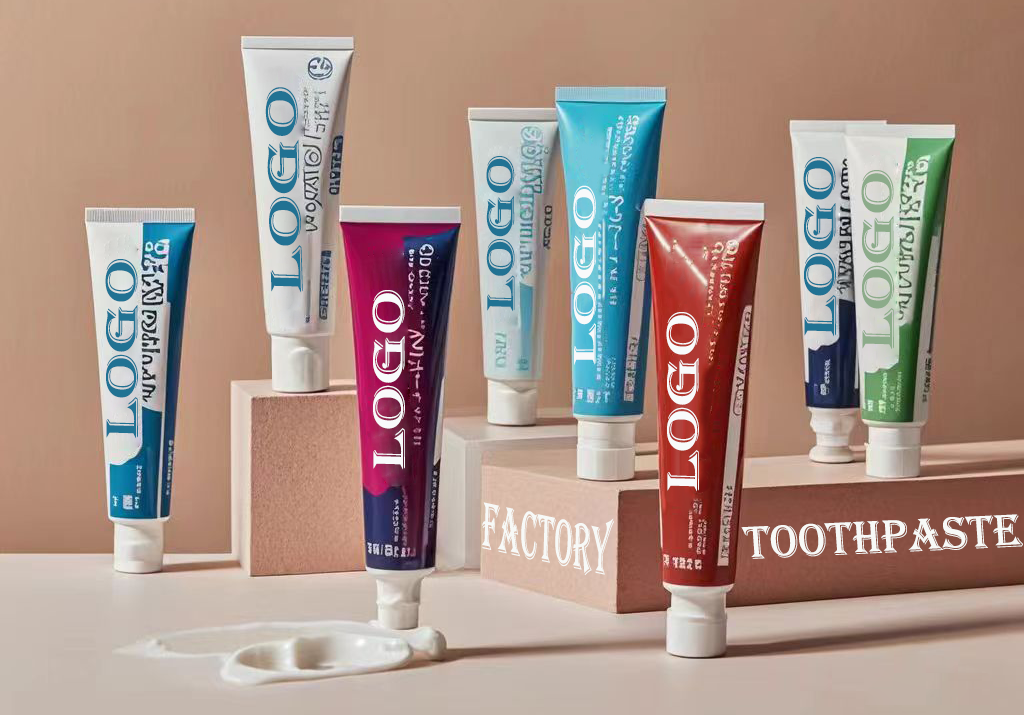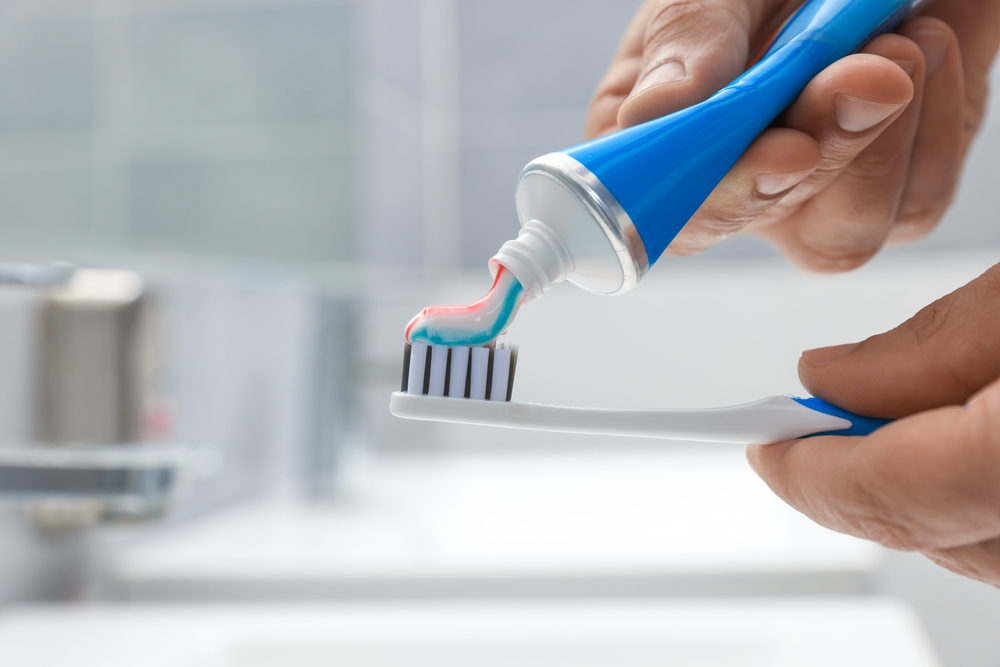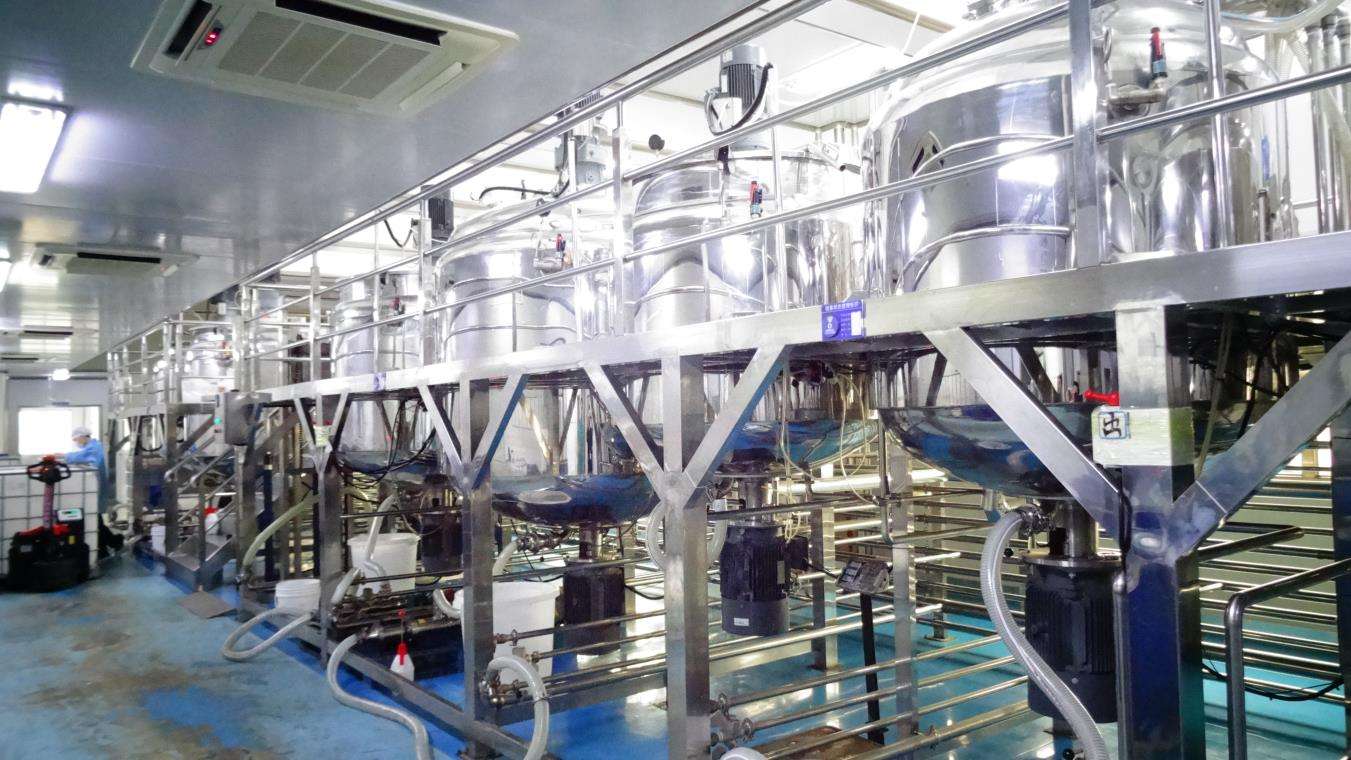Toothpaste Packaging Trends: Sustainability and Innovation
Introduction: The Changing Face of Toothpaste Packaging
Toothpaste packaging has come a long way from its early beginnings. What was once a simple metal tube has transformed into a variety of options, with a significant focus on sustainability in recent years. With growing awareness of environmental impact, the oral care industry has shifted towards more eco-friendly solutions. This transformation isn’t just about reducing waste; it’s also about innovating packaging materials and processes that align with the demands of today’s environmentally-conscious consumers.
In this article, we’ll explore the evolution of toothpaste packaging, with a particular focus on sustainable alternatives, and share insights into how Lidercare is contributing to the ongoing effort towards greener packaging solutions.
1. A Brief History of Toothpaste Packaging
Toothpaste packaging has evolved significantly since its inception in the early 19th century. Initially, toothpaste was sold in glass jars or metal tubes. The first mass-produced toothpaste, Colgate in the 1890s, was packaged in metal tubes, similar to the ones used for paint. These tubes were durable and kept the product protected from contamination, but they were not easy to recycle, contributing to waste.
Over time, more practical packaging options such as plastic tubes and squeezable plastic bottles began to dominate the market. These packaging materials were cheaper to produce and allowed consumers to extract the last bit of toothpaste easily. However, while plastic packaging became more convenient, it also led to a rise in plastic waste.
2. The Rise of Sustainable Packaging: Consumer Demand Drives Change
As the world became more aware of the environmental impacts of plastic waste, particularly its effect on oceans and wildlife, the toothpaste industry began to shift. Consumers started demanding eco-friendly alternatives, and manufacturers responded with new, sustainable packaging innovations.
Key Developments in Sustainable Toothpaste Packaging:
- Biodegradable Tubes: Companies began experimenting with biodegradable toothpaste tubes made from materials like paper, plant-based plastics, and compostable polymers. These tubes break down more easily in landfills, reducing environmental impact.
- Recycled Plastic Tubes: Many brands switched to using recycled plastic, reducing the demand for virgin plastic and contributing to a circular economy. These tubes often feature clear labeling to inform consumers about their recyclability.
- Refillable Packaging: Some brands are now offering toothpaste in refillable containers, which reduces the need for single-use plastic. Consumers can purchase toothpaste refills that come in minimal packaging or eco-friendly pouches.
- Glass and Aluminum Tubes: Certain premium oral care brands have opted to use glass or aluminum tubes for toothpaste packaging. These materials are fully recyclable, and aluminum, in particular, is highly valued for its ability to be reused multiple times without degrading.
The drive towards eco-friendly packaging aligns with a broader trend in consumer goods where sustainability is no longer optional—it is a necessity.
3. Innovative Materials for Sustainable Toothpaste Packaging
Today, toothpaste manufacturers are increasingly exploring innovative materials that support sustainability goals. These materials focus not only on reducing plastic use but also on minimizing waste and improving recyclability.
Common Sustainable Packaging Materials:
- Plant-Based Plastics: Derived from renewable resources such as sugarcane or cornstarch, plant-based plastics are becoming popular in toothpaste packaging. These materials can significantly reduce the carbon footprint of production.
- Paper-Based Packaging: For toothpaste in solid or tablet form, paper-based packaging is becoming a viable option. This type of packaging is often compostable or recyclable and is an excellent alternative to plastic tubes.
- Mushroom Packaging: An exciting new development in sustainable packaging is mushroom-based packaging. Made from mycelium, the root system of mushrooms, this packaging material is biodegradable, compostable, and can be grown to the required shape.
By utilizing these alternative materials, companies can contribute to reducing the overall plastic footprint of the industry and encourage consumers to make more eco-conscious purchasing decisions.
4. The Role of Companies in Sustainable Packaging
At Lidercare, we recognize the critical need for sustainability in the oral care industry. Our commitment to creating high-quality oral care products extends to our dedication to the environment. As part of our ongoing sustainability efforts, we have integrated the following practices into our product packaging development:
Lidercare’s Sustainable Development Plan:
- Eco-Friendly Packaging Materials: We prioritize using sustainable materials, including recyclable plastics and biodegradable options, in our product packaging. Our goal is to reduce our reliance on non-renewable resources and minimize waste.
- Reducing Plastic Usage: Through research and innovation, we are continually exploring ways to reduce the amount of plastic in our toothpaste packaging. This includes the transition to plant-based plastics and the introduction of refillable options.
- Carbon Footprint Reduction: Our manufacturing processes are designed to minimize our carbon footprint, utilizing energy-efficient machinery and sourcing materials that align with our environmental goals.
- Product Line Transparency: We make it a point to clearly communicate the environmental impact of our products. Our labels include information on the recyclability of packaging and our commitment to using sustainable materials.
At Lidercare, we aim to lead by example in the oral care industry, not just through the products we offer but also in the sustainable practices we implement throughout our operations.
5. Challenges and Opportunities in Sustainable Toothpaste Packaging
While there has been significant progress in the area of sustainable packaging, challenges remain. One of the most significant hurdles is balancing cost with environmental benefits. Many sustainable materials can be more expensive than traditional plastic, which may affect pricing and overall market adoption.
However, these challenges also present opportunities for innovation. By investing in research and development, manufacturers can discover new, cost-effective, and environmentally friendly materials. Additionally, as consumers increasingly demand eco-conscious options, the shift toward sustainable packaging may drive long-term benefits for both the environment and the brands that embrace sustainability.
6. The Future of Toothpaste Packaging: Moving Towards Circularity
As the demand for sustainable packaging grows, the future of toothpaste packaging will likely move toward a more circular economy. This means products will be designed with their entire lifecycle in mind, focusing on durability, recyclability, and reducing waste.
Expect to see more companies adopt closed-loop systems where toothpaste tubes and packaging materials are collected, cleaned, and reused in future products. The goal is to ensure that toothpaste packaging has minimal impact on the environment while still maintaining its functional and aesthetic qualities.
Try Lidercare Now!
We Help You Launch New Products, And Continue To Grow. Try Us With 20% Off Your First Order!
Conclusion: Moving Toward a Greener Future in Oral Care
The evolution of toothpaste packaging reflects a broader trend in the consumer goods industry toward sustainability. With increasing consumer awareness and demand for environmentally friendly products, the oral care sector has no choice but to evolve in line with these values.
At Lidercare, we are proud to be at the forefront of this transformation, offering innovative, sustainable packaging solutions that help reduce our environmental footprint. By embracing eco-friendly materials and sustainable practices, we aim to not only provide high-quality oral care products but also contribute positively to the planet’s future.
As the industry moves forward, we are committed to continuously improving our sustainable practices and supporting other businesses in their transition to eco-conscious solutions.
FAQ:
1. Why is toothpaste packaging shifting to sustainable materials?
As consumers become more environmentally conscious, there is increasing demand for products that have minimal environmental impact. Toothpaste packaging is evolving to reduce plastic waste and use renewable, recyclable, or biodegradable materials.
2. How does Lidercare contribute to sustainability in oral care?
Lidercare prioritizes eco-friendly packaging, such as recyclable plastics and biodegradable options, and focuses on reducing our carbon footprint through efficient manufacturing processes and sustainable sourcing.
3. What challenges does the oral care industry face in adopting sustainable packaging?
The primary challenge is the cost of sustainable materials, which can be higher than traditional packaging. However, with growing consumer demand and technological advancements, these challenges are being addressed.
4. Will sustainable toothpaste packaging impact the price of products?
While sustainable packaging may initially be more expensive, over time, the scaling of these materials and their increased availability can reduce costs, making eco-friendly options more affordable for both manufacturers and consumers.
Table of Contents
Awesome! Share to:
Latest Blog Posts
Check out the latest industry trends and take inspiration from our updated blogs, giving you a fresh insight to help boost your business.




